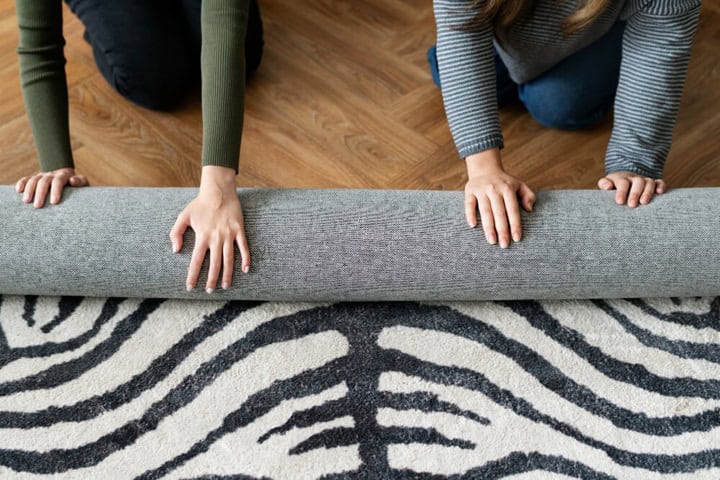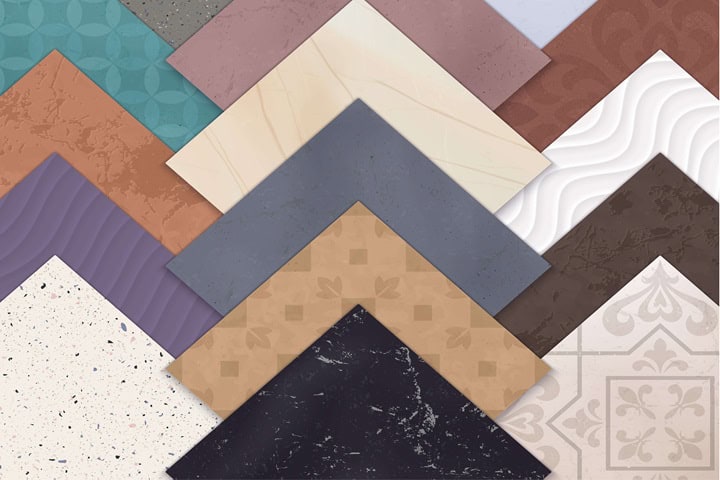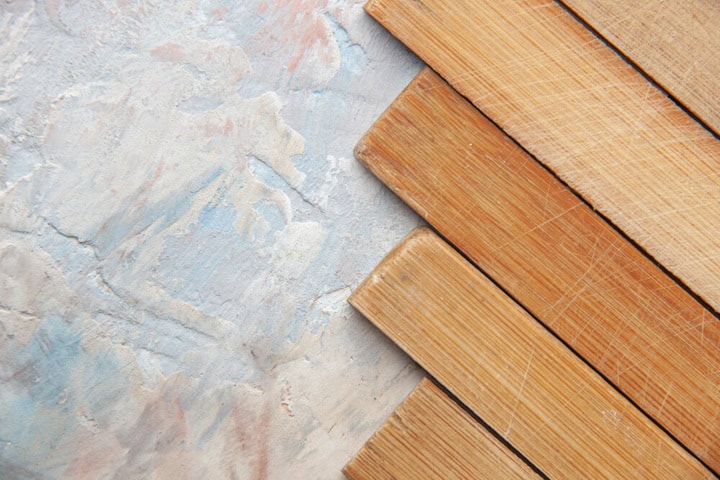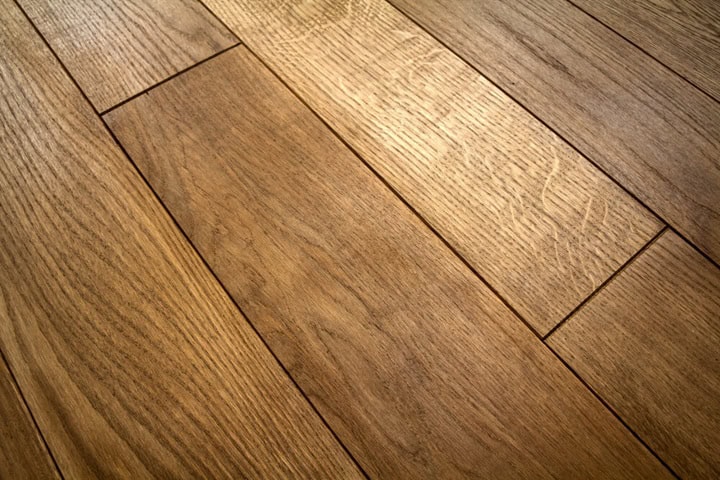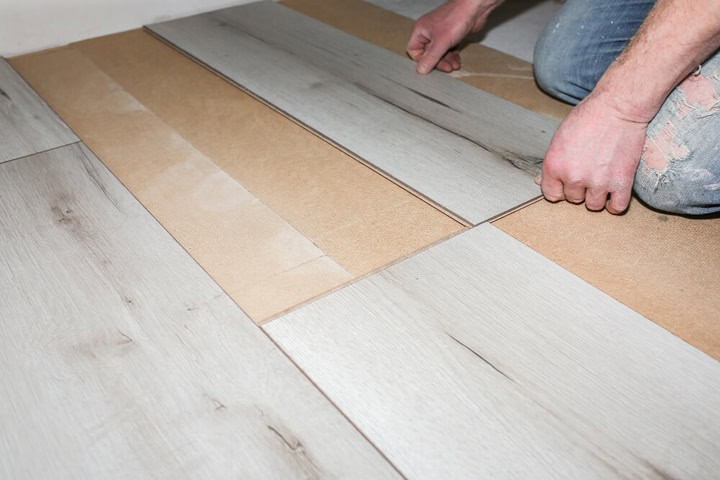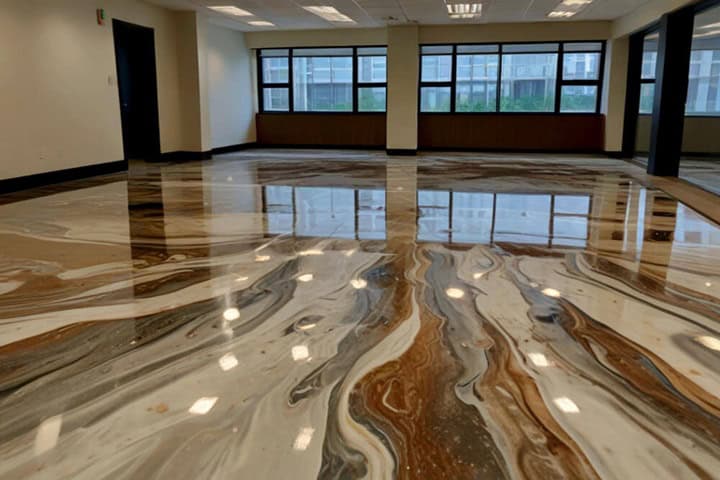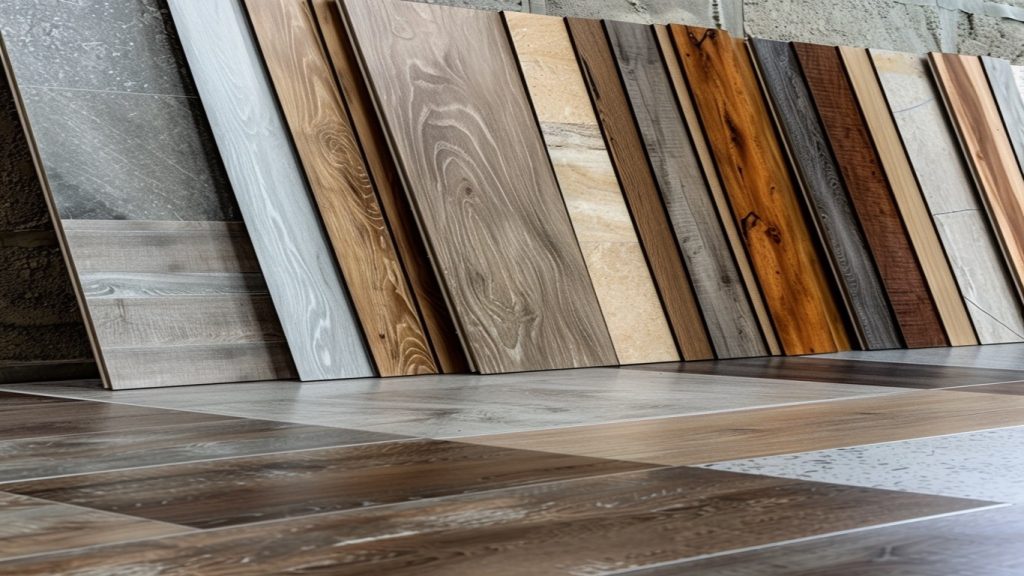
Did you know that underfloor heating can respond differently to various floor types? Learn about which flooring for underfloor heating is right for you in this expert tailored guide…
Contemporary homes have different floor types, whether it is tiled, vinyl, carpet, timbered, and even laminate. Additionally, if you are on the fence about underfloor heating, and are concerned about whether it will work properly with your flooring type, then this article is for you! In this article, we will discuss, in detail, which is the best flooring for underfloor heating to bring the right amount of warmth and comfort to your home. Discover how to maximise comfort and energy efficiency with the top flooring choices for underfloor heating.
Does Underfloor Heating Work For All Flooring Types?
When contemplating adding underfloor heating (UFH) to your home, the compatibility of your floor finish plays a pivotal role. The best flooring for underfloor heating typically exhibits excellent thermal mass and conductivity, allowing for swift and efficient heat transfer. This translates to a quicker system heat-up, elevated heat output, and better energy efficiency.
Optimal flooring types include:
- Tile, Stone & Polished Screed Flooring
- Wood & Engineered Timber Flooring
- Laminate Flooring
- Vinyl and Rubber Flooring
- Carpet Flooring
We will discuss each of these flooring types for underfloor heating in detail further down.
How Does Flooring Affect Heating?
The type of flooring you choose directly impacts the heat output and efficiency of your UFH system. For example, materials like tile and stone not only support a high heat output but also maintain this efficiency over time, thanks to their ability to retain heat. On the other hand, materials with higher thermal resistance, such as carpet, may require more time to heat up and could be less efficient.
It’s essential to match the heat output capability of your UFH with the heat loss characteristics of your home. If the maximum temperature a flooring type can handle is below the necessary output (e.g., 27°C when you need 29°C), consider switching to a more suitable material. Enhancing your system with supplementary heating or high-quality insulation can also significantly improve performance and responsiveness. For more information, look at our article on what temperature your home should be.
When deciding the best flooring for underfloor heating, you can also use our tailored comparison table below:
| Flooring Type | Thermal Conductivity | Cost | Durability | Sustainability |
| Carpet and Rugs | Low | Low to Moderate | Moderate to High | Moderate (varies by material composition) |
| Ceramic Tiles and Stone | High | Moderate to High | Very High | High (natural materials, long-lasting) |
| Engineered and Solid Wood | Moderate | High | High (engineered); Moderate to High (solid) | Moderate to High (depends on sourcing) |
| Laminate Flooring | Moderate | Low to Moderate | Moderate to High | Low to Moderate (often uses synthetic materials) |
| Vinyl and Linoleum | Moderate | Low to Moderate | Moderate to High | Moderate (linoleum is biodegradable; vinyl is less eco-friendly) |
| Polished Screed and Resin | High | Moderate to High | Very High | Moderate to High (durable, but depends on resin type) |
Feel free to contact us today for a consultation on how our underfloor heating systems can benefit you and your home.
6 Flooring Types For Underfloor Heating:
With that being said, let’s explore each common flooring type so that you can decide which flooring is right for you and your underfloor heating system.
1. Carpet and Rugs
Rug vs carpet is a common question among many homeowners. Nevertheless, both carpet and rugs can effectively complement an underfloor heating (UFH) system if chosen carefully. The key is to select options where the total tog value of both the carpet and any underlay does not surpass 2.5. This ensures efficient heat transfer while maintaining a comfortable feel underfoot. Available in a myriad of colours and designs, carpet flooring is perfect for traditional and cosy interior design schemes.
It’s important to avoid underlays made from felt and polyurethane, as these materials can impact the effectiveness of heat transfer. Always consult the carpet manufacturer’s technical guide to confirm the appropriate tog ratings, ensuring your flooring for underfloor heating is as efficient as possible.
For a detailed guide on how to maintain the perfect balance between warmth and cleanliness, visit Carpetright’s carpet care guide.
2. Ceramic, Porcelain and Stone Tiles
Ceramic, porcelain, and stone tiles are among the best flooring for underfloor heating due to their high thermal conductivity, hence why UFH systems can work their best when installed in bathrooms and kitchens. These materials not only transfer heat quickly but also retain it, aiding the overall efficiency of the UFH system. The ability of these tiles to be heated up to 29°C or more allows for a heat output of up to 200W/m², making them an excellent choice for maintaining consistent warmth.
These materials can be installed at any floor level and are especially beneficial in areas where hygiene and easy cleaning are priorities. For bathroom underfloor heating, for example, you can check out our guide on the cost of bathroom underfloor heating for more detail.
When installing porcelain or ceramic tiles over underfloor heating, using a decoupling membrane is crucial. This addition helps accommodate any sub-floor movement and reduces the risk of cracking, ensuring a long-lasting, robust flooring solution.
But what about other flooring stone types?
- Polished concrete floors with underfloor heating offer excellent conductivity, resulting in quick warm-up times.
- Slate and flagstone floors conduct heat well and are highly recommended for underfloor heating. Their durability makes them perfect for high-traffic areas.
- Marble flooring, while possessing favourable thermal conductivity, tends to warm up more slowly.
3. Engineered Timber Flooring
Engineered timber offers exceptional structural stability, making it one of the best flooring for underfloor heating options. Its ability to handle changes in temperature without expansion or contraction makes it highly suitable for a variety of living spaces. While solid hardwoods and softwoods can also be used with UFH, selecting the appropriate board width and thickness is crucial to avoid issues such as gapping or cupping caused by environmental changes.
4. Wooden Flooring
Wood floors provide a timeless aesthetic and add a sense of warmth to any room. They come in a diverse range of colours, grains, and finishes (such as timber floors), allowing homeowners to customise their space while enjoying the benefits of underfloor heating.
To ensure the best performance, it is important to allow wood flooring to acclimatise to the indoor environment before installation. The maximum surface temperature for wood floors should not exceed 27°C to prevent damage and ensure efficient heat transfer.
Discover essential tips on caring for wooden flooring, including the dos and don’ts that will keep your floors looking pristine.
5. Laminate Flooring
Available in various colours and finishes, laminate is easy to maintain and install, making it ideal for high traffic areas. It effectively mimics the look of real wood or stone, providing a high-quality appearance without the high cost.
6. Vinyl and Linoleum
Vinyl flooring with underfloor heating is another recommended option, alongside linoleum floors too. These materials are perfect for modern homes, providing a luxury finish that suits both traditional and contemporary designs. For areas requiring sensitive temperature control, fitting a floor sensor can help manage the heat output, ensuring the longevity and effectiveness of your underfloor heating system.
7. Polished Screed and Resin
Polished screed and synthetic resins are increasingly popular choices for underfloor heating due to their excellent thermal properties and stylish finish. These materials are highly conductive, making them perfect for removing the unwelcome chill of hard flooring.
The seamless finish not only contributes to a modern look but also acts as a thermal store, effectively retaining heat for prolonged periods. This feature makes polished screed and resin ideal for both new constructions and renovation projects.
Factors to Consider When Selecting Flooring for Underfloor Heating
When choosing the best flooring for underfloor heating, understanding the relationship between heat-up times, heat output, and the thermal resistance of flooring materials is crucial. Materials like tile and stone offer rapid heat-up times and high heat output thanks to their excellent thermal conductivity. These features ensure efficient energy use and consistent warmth across your living spaces.
Conversely, carpet may require more time to reach the desired temperature due to its higher thermal resistance. Selecting carpet with a lower tog rating is essential for maintaining efficient heat transfer and system performance.
Choose The Best Flooring For Underfloor Heating
Selecting the right flooring can make a significant difference in the comfort and energy efficiency of your home. By considering the specific thermal properties and suitability of different flooring options, you can enhance the performance of your underfloor heating system and enjoy a warm, inviting atmosphere in your living spaces.
Is there a type of flooring that we have not discussed in this article? Try our other guides that may answer your questions:
FAQs
What flooring is not suitable for underfloor heating?
Flooring materials that insulate heat, such as thick carpet or certain types of solid hardwood, are not suitable for underfloor heating. These materials can prevent efficient heat transfer and reduce the system’s effectiveness.
Is LVT better than laminate for underfloor heating?
Yes, Luxury Vinyl Tile (LVT) is generally better than laminate for underfloor heating. LVT conducts heat more effectively and is more resistant to temperature changes and moisture, making it more suitable for use with underfloor heating systems.
Sources
Carpet Right. (2023) How to deep clean carpet. [online] Available at: https://www.carpetright.co.uk/carpets/carpet-care-guide/deep-clean-carpets/ [accessed 07/06/2024]
Direct Wood Flooring (2020) Caring For Wooden Flooring: The Do’s and Don’ts. [online] Available at: https://www.directwoodflooring.co.uk/dwfblog/maintain-wood-flooring [accessed 07/06/2024]

